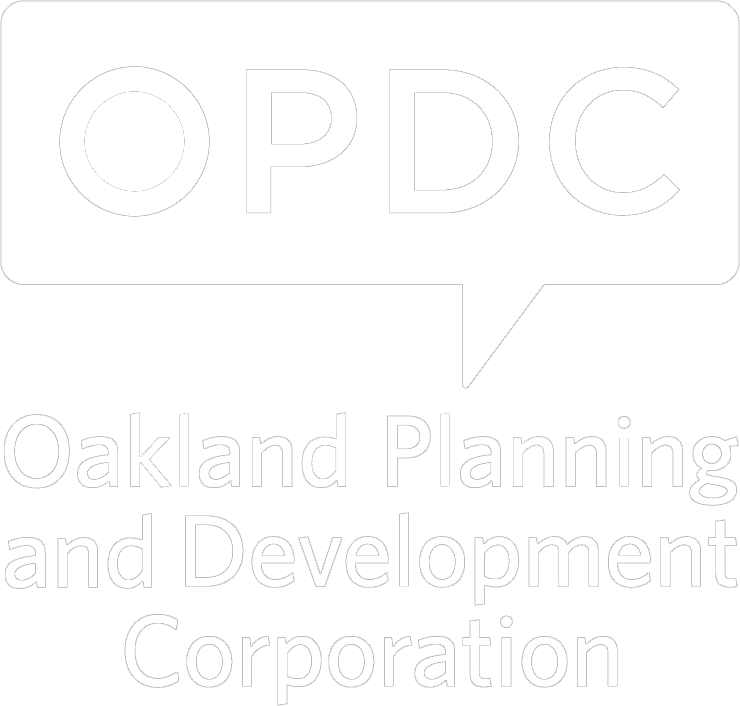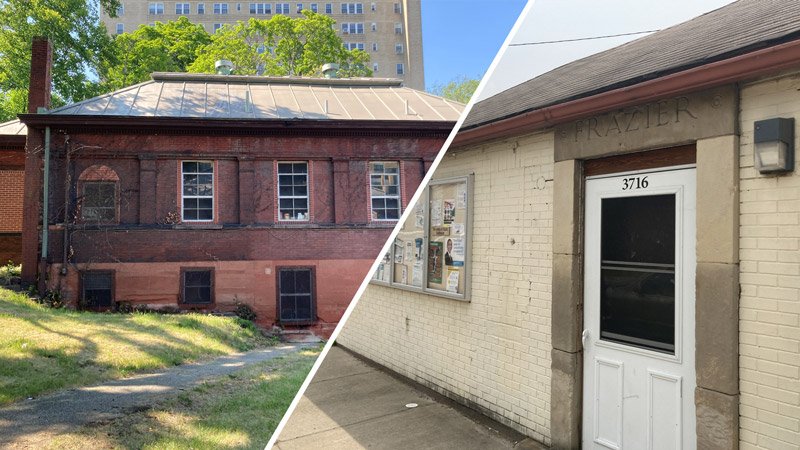OPDC community engagement staff have been working collaboratively with local organizations to address food insecurity since the beginning of the pandemic. For the past two years, we have been delivering supplies directly to residents’ doorsteps to address accessibility gaps.
In October, we began to change our delivery model to a bi-weekly “market” offering a selection of fresh fruits and vegetables, canned goods, packaged grains, dairy and eggs, and baked goods, available outside of 2520 Wadsworth Street, part of the Oakland Affordable Living development in West Oakland.
“With the Market, we’ve flipped the model,” says Sam Gallagher, Community Engagement Specialist at OPDC. “Instead of spending most of our time packaging food and knocking doors for individual orders, we can focus on connections with and among residents, who can access food resources on their own.”
Here’s how it works. On the second and fourth Thursdays of the month, members of OPDC’s community engagement team stock the Market with supplies from Community Human Services (CHS) on Lawn Street. First-time visitors fill out a form from CHS while all visitors sign in with OPDC between 1:30 and 3:30 p.m.
Laura, an Oakland Affordable Living tenant who has volunteered with Market set-up in the past, says “the Market is a real convenience. Given that I’m handicapped, I can’t go to the store. I have to order and have it delivered. The market offers us a nice variety.”
Illene, another tenant with mobility challenges, echoed Laura’s sentiment. “Some people don’t go out. I would have to have my grandson take me or call ACCESS to get to a food pantry.”
By extending the reach of the CHS food pantry, Gallagher explains, “we’re building on what CHS are able to do. This allows us to ensure Oakland residents in need have access to food, especially those who can’t get to the pantry.”
David Friedman, Social Worker at OPDC, says that “on the whole, we encourage people to go to CHS directly. They can pick exactly what they want and have more options.”
On off weeks for the Market, West Oakland residents have other options for food resources—for example, nearby Friendship Church offers food on the third Thursday of the month. “We schedule the Market that way so that if people need additional support, they’re able to get it,” says Friedman.
Do you know someone in need of food? OPDC created food resource maps to connect residents with providers in our area.







